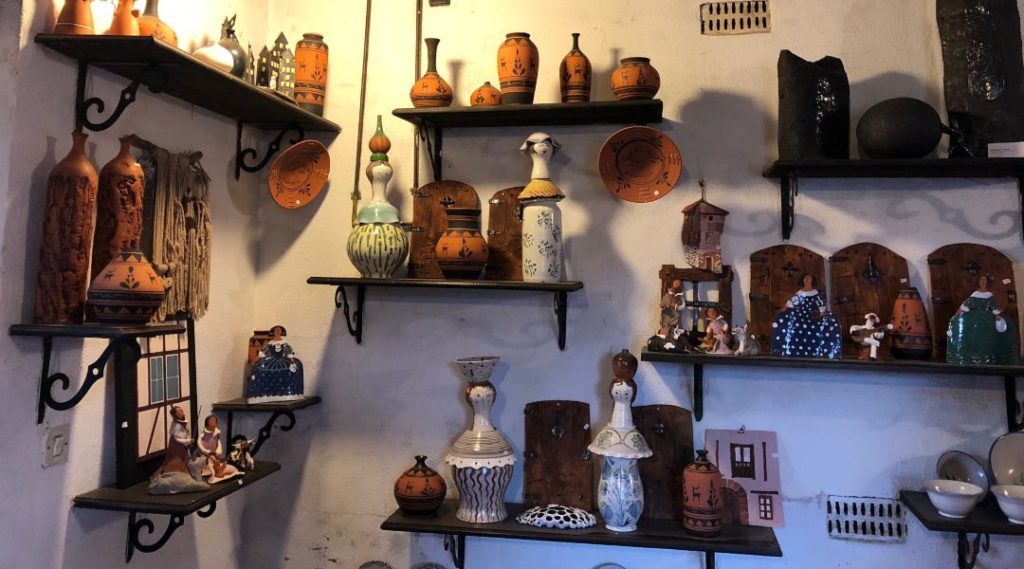Of murallas and cobblestones, of opulent palaces and crooked homes, of ongoing renovations and painstaking restorations
It was such a tall order. Or so it seemed. But oh no, he delivered! I seriously teased my Cebu-born nephew Alfonso, who has resided in Valencia, Spain all his young adult life, to arrange for a weekend trip like-no-other to a destination that will simply take my breath away in more ways than one. His top choice: Albarracin.
This once-upon-a-time medieval and now excellently-preserved 16th to 17th-century pueblo is considered by many españoles as one of, if not the most beautiful, in España. It likewise comes with priceless praises from the international traveling community. A quick search online on this little town bursts into an avalanche of overwhelmingly desirable reviews. Among them include the Most Beautiful Village of 2018.
A couple hours away from the culturally-rich and high-tech city of Valencia, this jewel of the province of Teruel completely shocked us, as we stood wide-eyed at its impeccable preservation, deserving to be hailed as a World Heritage Site by UNESCO. Situated some 4,000 feet above sea level, this laid-back district is totally surrounded by ancient murallas and enveloped by the Rio Guadalaviar as a huge moat, which protected the villagers from enemy invasions in times of old.
RELATED READS: Is Airbnb Premium A Better Option Than Your Favorite Hotel?


The Rincon del Abanico, we speculated, was probably a recipient of this aforementioned ongoing spirit to uphold the unique style. Nestled in a faraway corner, it was an enclave composed of timber and sandstone four-story-high houses with tiled rooftops, all built-in obscure perspectives and gravity-defying viewpoints which hit us like a bolt, utterly in awe. We wondered how each of these homes stood even with what seemed like precarious volumes of frail supports—testimonies that it has stood the test of time as these reminders are now revered as cultural landmarks.
We then moved on to the much-anticipated opulent Catedral de Albarracin, an aged house of prayer with a solitary nave and a polygonal Gothic ceiling, all surrounded by vaults of preeminent Renaissance sculptures of the Lord and other Biblical figures. A gilded Baroque altar centerpiece was definitely a blessing to the eyes. Encased in the original noble rooms of the adjacent Episcopal Palace was the Diocesan Museum, inaugurated by Queen Sofia of Spain herself.
RELATED READS: 5 Of The Best Business Class Lounges Around The World

To our delight, souvenir shops were few and far in between—but each had their own specialty. The Taller de Ceramica was our favorite. Though small in size, it showcased several take-me-home pottery items made by a resident virtuoso sculptor who has dedicated his life to his chosen field.
As dusk came, each house and every establishment atop several rolling hills switched their lights on and quickly flooded the darkness with their own little sparks—forever etched in our memories.
Read the full travel story of Edu Jarque in Lifestyle Asia’s March 2020 Edition titled, “In the Eye of the Beholder.”





